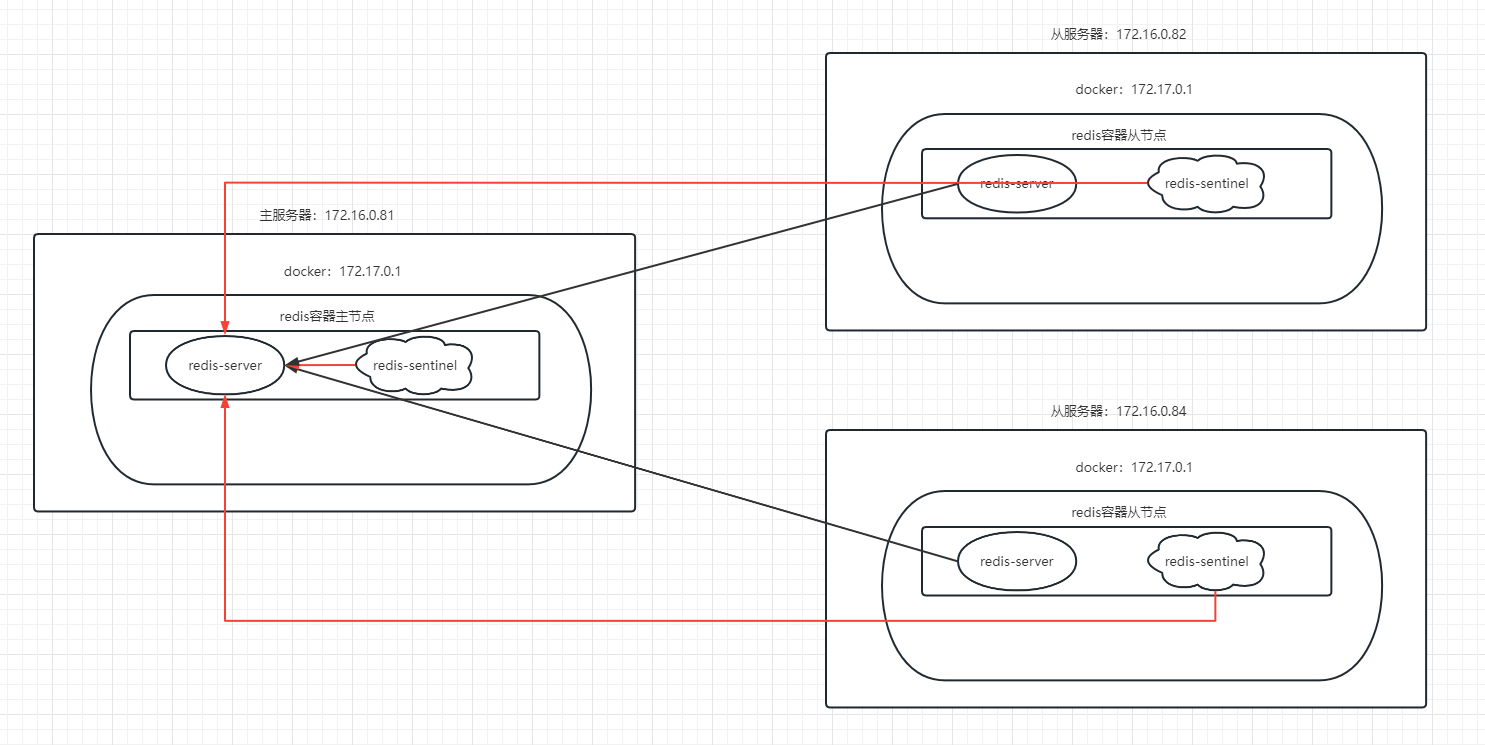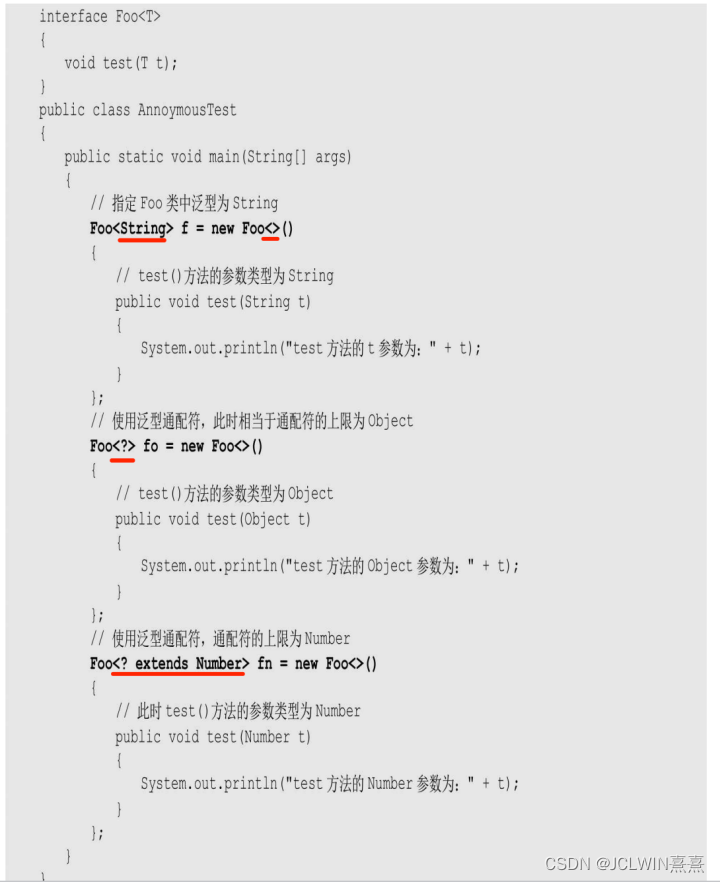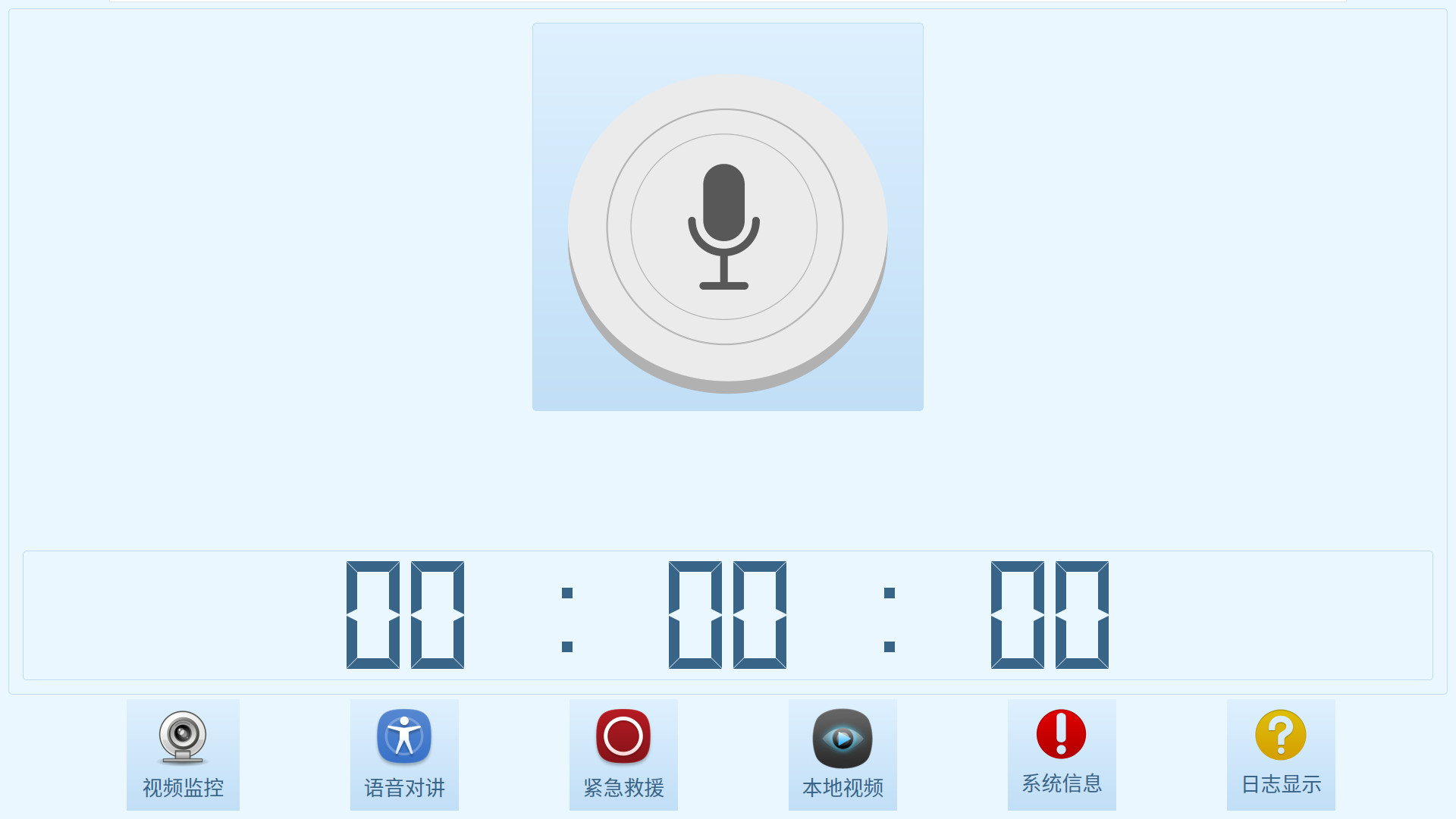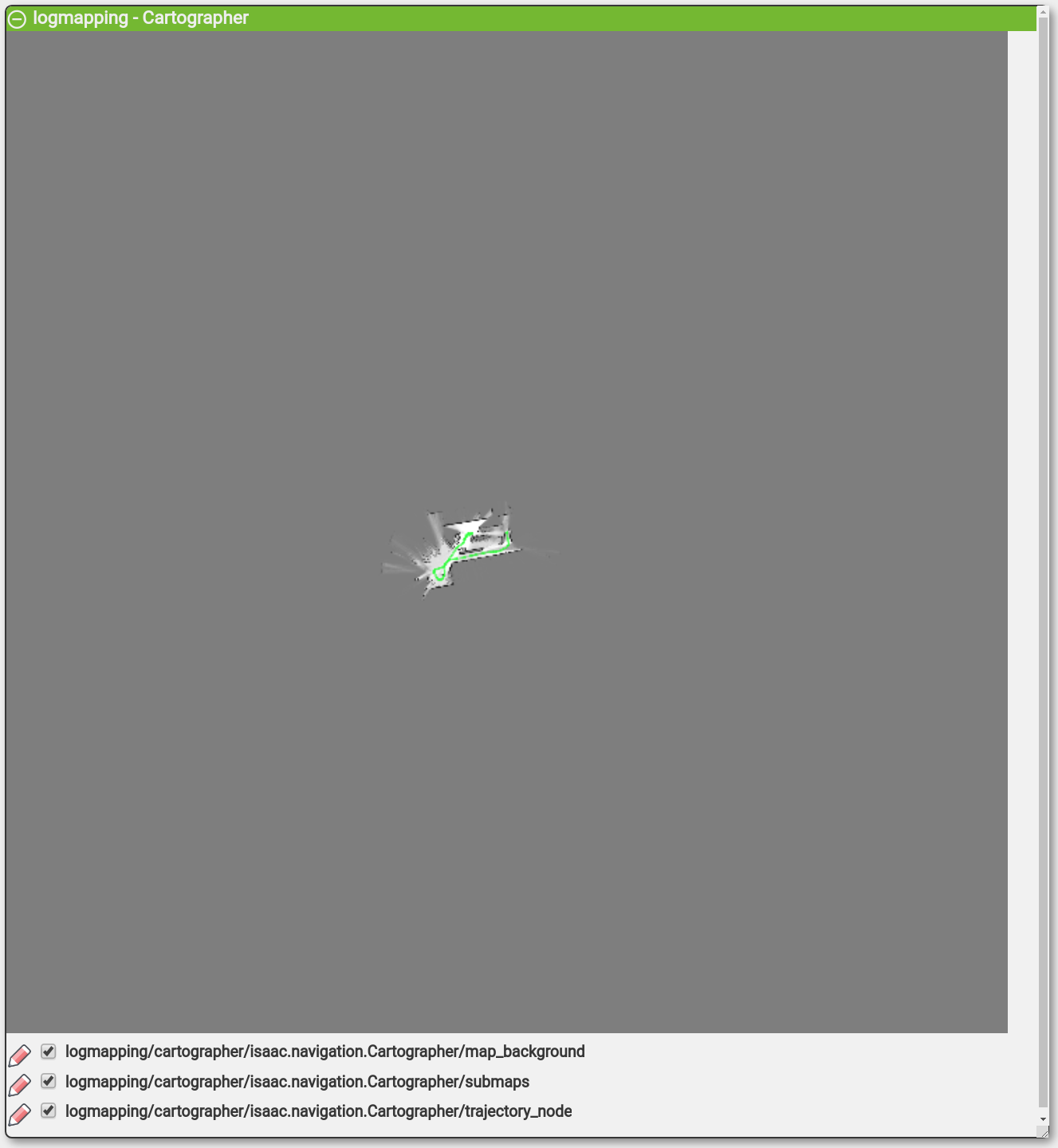采用Simulink进行仿真!!
Kalman算法由M函数实现。控制干扰信号wk)和测量噪声信号v(k)幅值均为0.10的白噪声信号,输入信号幅值为1.0、频率为0.5Hz 的正弦信号。采用卡尔曼滤波器实现信号的滤波,取O=1,R=1。仿真结果如图1和2所示。

图1 原始信号y及滤波后的信号ye
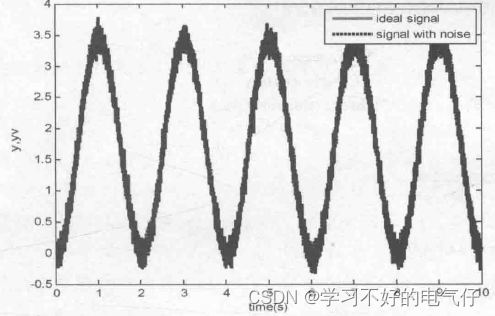
图2 原始信号y及带有噪声的原始信号ye
仿真图:

Kalman滤波子程序:chap1_27f.m
%Discrete Kalman filter
%x=Ax+B(u+w(k));
%y=Cx+D+v(k)
function[u]kalman(ul,u2,u3)
persistent A B C D Q R P x
yv=u2;
if u3==0
x-zeros(2,1);
ts-0.001;
a=25;
b=133;
sys=tf(b,[1,a,0]);
A1=[0 1;0 -a];
B1=[0;b];
C1=[1 0];
D1=[0];
[A,B.C,D]=c2dm(A1,B1,CI,D1,ts,z');
Q=1; %Covariances of w
R=1; %Covariances of v
P=B*Q*B'; %Initial error covariance
end
%Measurement update
Mn=P*C/C*P*C'+R);
x=A*x+Mn*(yv-C*A*x);
P=(eye(2)-Mn*C)*P;
ye=C*x+D; %Filtered value
u(1)=ye; %Filtered signal
u(2)=yv; %Signal with noise
errcov=C*P*C; %Covariance of estimation error
%Time update
X=A*x+B*ul;
P=A*P*A'+B*Q*B';
作图程序:chap1_27plot.m
close all;figure(1);
plot(tyE,1),r,LY(:,2),k:','linewidth',2);
xlabel('time(s)';ylabel(y.ye');
legend('ideal signal','filtered signal');
figure(2);
plot(ty(:,1)T,ty1(:.1).k:'linewidth', 2);
xlabel( 'tim(s));ylabel(y,yv');
legend('ideal signal', 'signal with noise');






